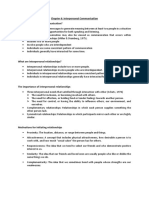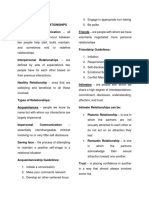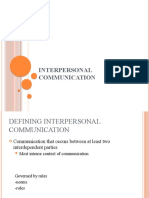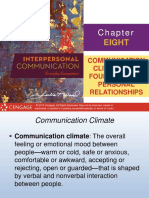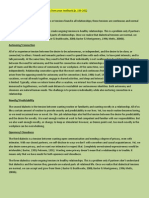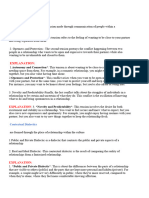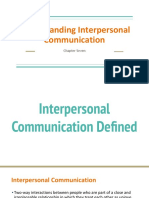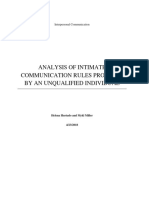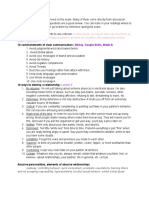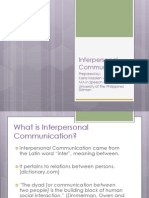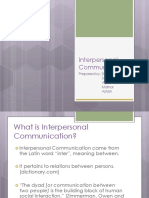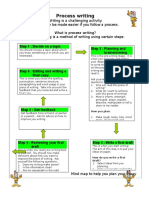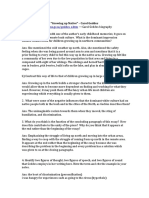0% found this document useful (0 votes)
21 views3 pagesCma Module 4
The document discusses managing interpersonal communication by addressing three key tensions: expressive-protective, autonomy-togetherness, and novelty-predictability. It emphasizes the importance of self-disclosure, mutual contribution in relationships, and the balance between familiar and unfamiliar patterns of behavior. Additionally, it outlines strategies for resolving tensions, such as dialectical emphasis, pseudo synthesis, and re-affirmation, while highlighting the negative impact of dominance and the significance of recognizing acceptance and rejection in communication.
Uploaded by
lekwarachael028Copyright
© © All Rights Reserved
We take content rights seriously. If you suspect this is your content, claim it here.
Available Formats
Download as DOCX, PDF, TXT or read online on Scribd
0% found this document useful (0 votes)
21 views3 pagesCma Module 4
The document discusses managing interpersonal communication by addressing three key tensions: expressive-protective, autonomy-togetherness, and novelty-predictability. It emphasizes the importance of self-disclosure, mutual contribution in relationships, and the balance between familiar and unfamiliar patterns of behavior. Additionally, it outlines strategies for resolving tensions, such as dialectical emphasis, pseudo synthesis, and re-affirmation, while highlighting the negative impact of dominance and the significance of recognizing acceptance and rejection in communication.
Uploaded by
lekwarachael028Copyright
© © All Rights Reserved
We take content rights seriously. If you suspect this is your content, claim it here.
Available Formats
Download as DOCX, PDF, TXT or read online on Scribd
/ 3

